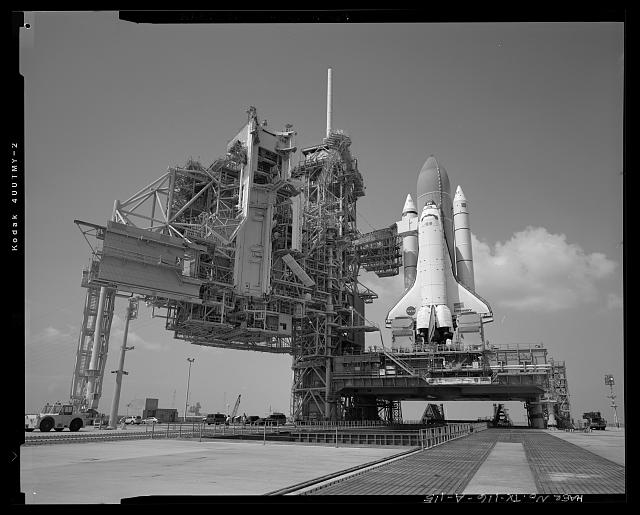The Space Shuttle Program

Christened by NASA as the Space Transportation System or STS, the space shuttle project was taken from a 1969 proposed conception for a system of partially reusable, low earth orbit spacecraft.
The first of four orbital test flights occurred in 1981, leading to the first operational flights beginning in 1982. Five space shuttle orbiters were built and flown on a total of 135 missions from 1981 to 2011, including two flight failures which resulted in the deaths of 14 astronauts.
NASA Space Shuttle
The space shuttle missions launched numerous satellites, interplanetary probes and the Hubble Space Telescope, as well as the construction and servicing of the International Space Station. The Shuttle fleet’s total mission time was 1322 days, 19 hours, 21 minutes and 23 seconds.
The primary components that made shuttle flights a reality included the shuttle itself, with three Rocketdyne main engines, a pair of recoverable solid rocket boosters and the expendable external center tank containing liquid hydrogen and liquid oxygen.
Once its external launch engines were discarded in low earth orbit, the shuttle relied on its orbital maneuvering system engines to navigate the vacuum of space, as well as to execute its de-orbit burn for re-entry into earth’s atmosphere for a landing at Florida’s Kennedy Space Center or the Rogers Dry Lakebed at Edwards Air Force Base in California.
If weather conditions required the shuttle to land at Edwards, the orbiter was flown back to Kennedy Space Center on the Shuttle Carrier Aircraft, a specially modified Boeing 747.
Challenger and Columbia Disasters
The first orbiter, Enterprise, was built in 1976 and used exclusively as an approach and landing test vehicle with no orbital capabilities. The four fully operational orbiters were the Columbia, Challenger, Discovery and Atlantis, of which two were lost to mission accidents.
The first was the Challenger on January 28th, 1986, when an inexpensive O-ring seal failed at liftoff in the right solid rocket booster, which was not designed to handle the unusually cold conditions that existed at launch time. The breakup cost the lives of 7 astronauts.
The second was the Columbia disaster of February 1, 2003, when the ship suffered a structural failure upon re-entry into earth’s atmosphere. Seven more astronauts died when a piece of foam insulation broke off the shuttle’s external tank during liftoff, damaging the left wing of the orbiter. Upon re-entry, the damaged left wing heat shield allowed hot atmospheric gases to penetrate and compromise the left wing’s internal structure, causing the craft to break apart upon re-entry. A fifth operational orbiter, the Endeavour, was built in 1991 to replace the Challenger.
Among the most notable astronauts to fly on a space shuttle mission was John Glenn, the first American to orbit the earth in 1962.
